The Lost Macaw of Cuba
10,000 Birds
SEPTEMBER 12, 2014
The species that manage to colonize these islands evolve in competition with relatively few other species, developing survival strategies based on interdependence, co-evolution, and mutualism rather than adapting to deal with a broad range of predators and competitors. Nests were in hollows in palm trees.



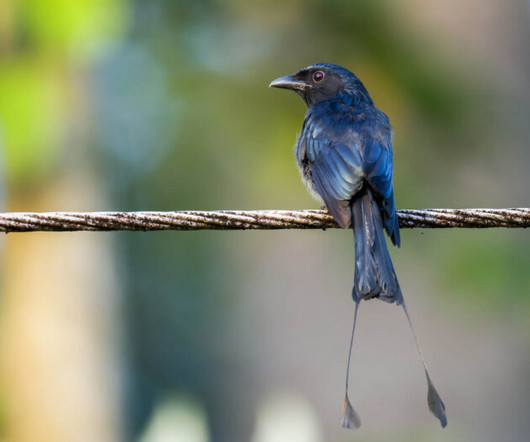
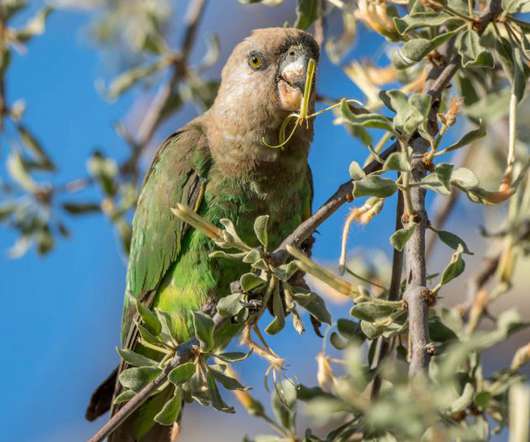

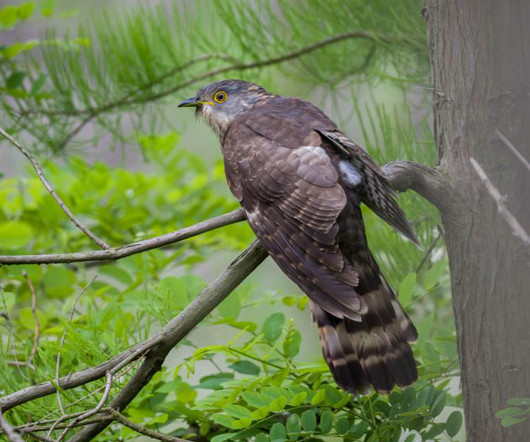




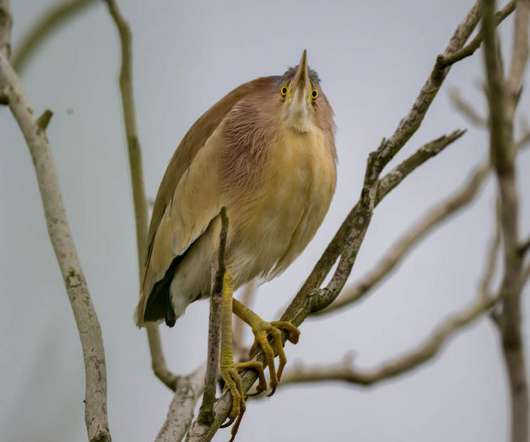
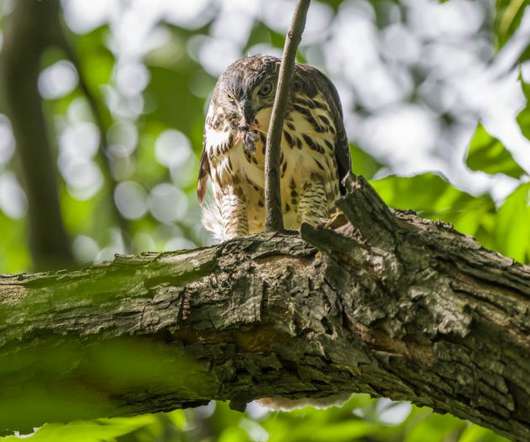






Let's personalize your content